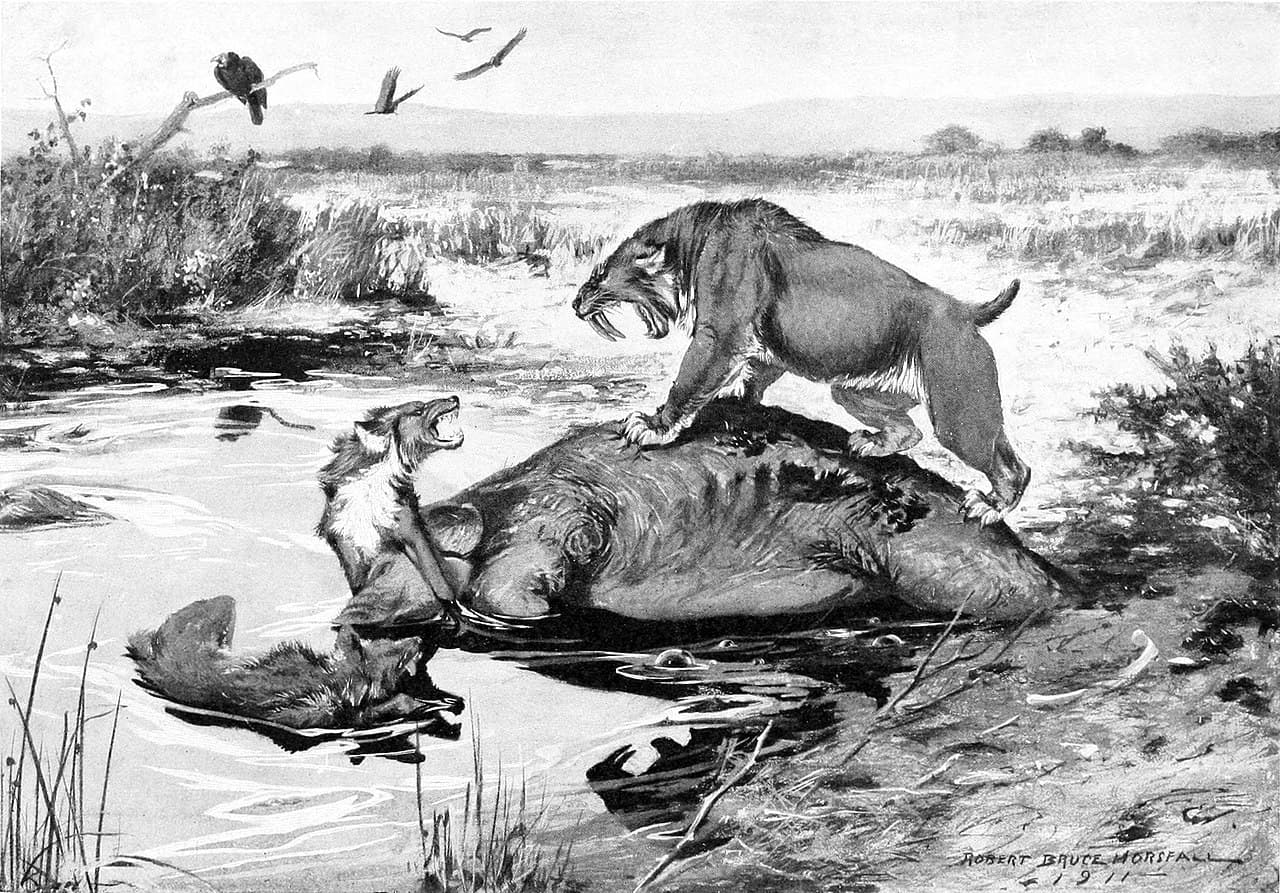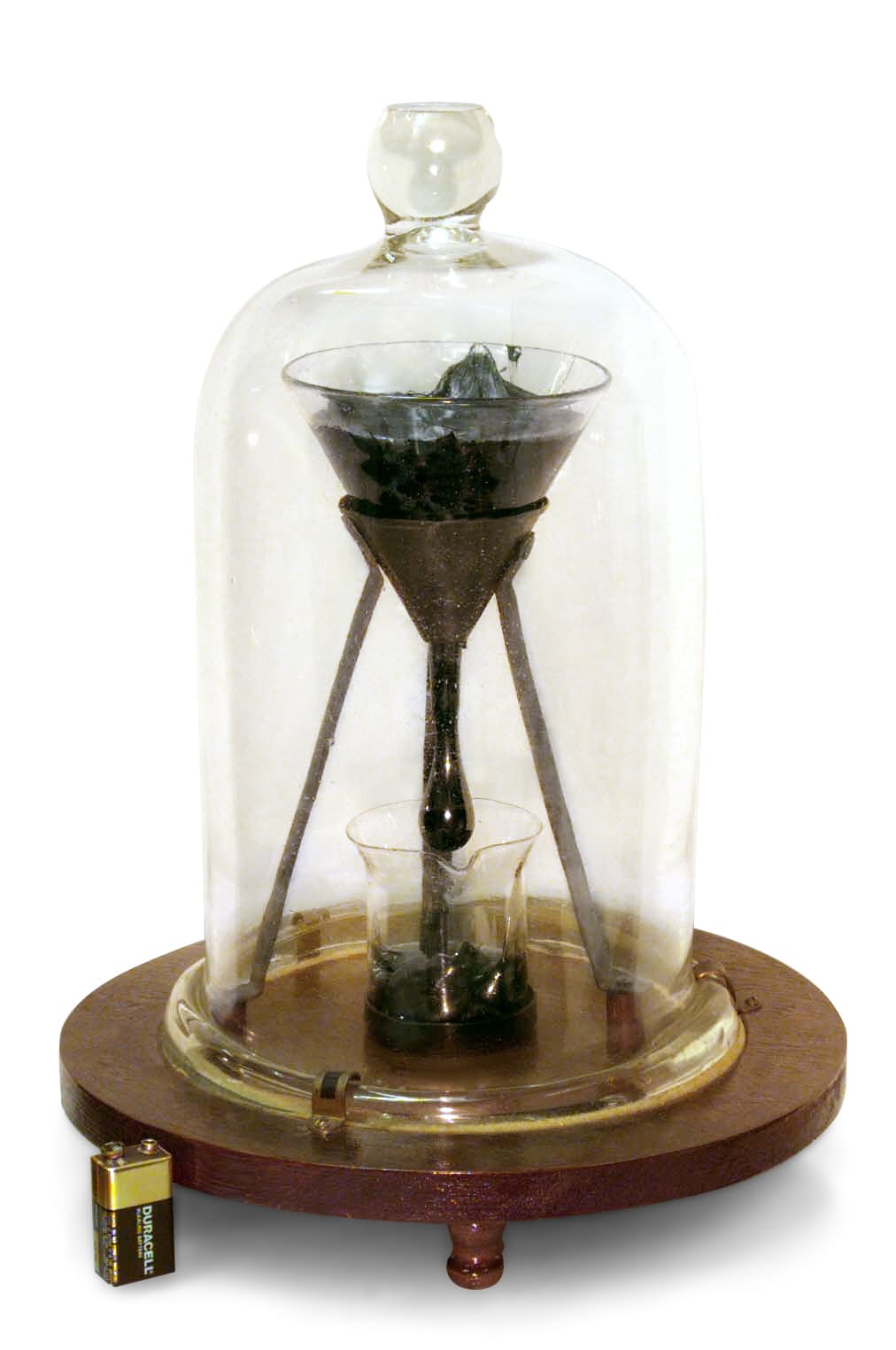What is Asphalt?
Asphalt is all around us. It’s in our roads and on our roof, it’s in our paints that cover our walls, and pipe coatings. Although it covers all our buildings and roads, few people know what it actually is. Behind this article’s title is what is called Asphalt Concrete which is a mixture or Asphalt with rock and sand to create a road surface. Most people think of Asphalt Concrete when you mention Asphalt, so we’ll make sure both are covered in detail so you understand the difference. Let’s explore this surprisingly interesting hydrocarbon and its many uses in our lives!
Asphalt is a semi-liquid form of petroleum, which is a naturally occurring hydrocarbon that is the result of millions of years of intense heat and pressure on organic compounds, primary dead zooplankton and algae. When petroleum deposits are exposed to open air, they are called tar pits, these black swamps are full of naturally occurring asphalt. In Los Angeles, the La Brea Tar Pits have preserved hundreds of skeletons of prehistoric creatures that unfortunately fell into the sticky black swamp where they well preserved for scientists to study.

Public Domain Illustration of a prehistoric tarpit by Robert Bruce Horsfall
Asphalt, also called Bitumen, is a naturally occurring tar or pitch. It can be collected from natural tarpits, or extracted from oil sands or refined from petroleum products gathered through drilling. Although it makes up a small percentage of Asphalt Concrete, at around 5%, it is the most expensive component. It is used as a binding agent to keep the other components, rock and sand particulates, together. It does this by never actually becoming a solid. An experiment at the University of Queensland shows the remarkable nature of this “liquid” by letting a blob of asphalt pitch slowly drip through a beaker. The experiment was started in 1927, and has only dropped 9 times. It’s still going today. Here is the livestream if you want to catch the 10th drop: http://www.thetenthwatch.com/

The University of Queensland pitch drop experiment started in 1927 by Professor Thomas Parnell
Asphalt Concrete is 100% recyclable, and less than 1% of it ends up in landfills according to the US government. With so many byproducts of petroleum damaging the environment, it’s nice to know road surfaces aren’t adding too much to the problem. After it is extracted from the ground, or refined from petroleum, or recycled from old roads, the asphalt is made into asphalt concrete at an asphalt plant. These towering structures mix the ingredients needed to pave a road, and load into trucks to pour where needed.

LB3000 Asphalt Plant
This amazing substance has allowed us to build roads faster and stronger than was previously imaginable. When the first cities started to use asphalt concrete for paving roads and sidewalks it was replacing brick, cobblestone, wood board-walks, gravel and muddy dirt roads. This innovation transformed the dirty city of the 1800’s into the bustling metropolis we see today. Next time you go for a walk around your neighborhood, remember that a part of that road surface is crushed up dinosaurs somehow still in liquid form.
If you’re interested in repaving one of your surfaces, give Hal’s construction a call.



